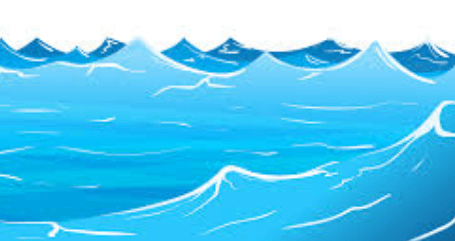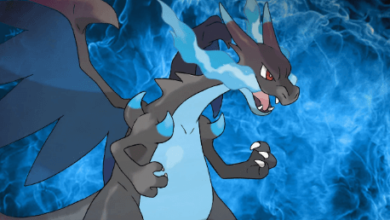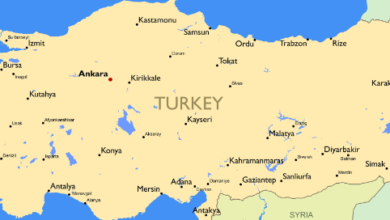
The clipart ‘Okebsl5nwja= Water’ serves as a strategic asset in illustrating the multifaceted significance of water in various contexts, from environmental advocacy to health awareness. Its vibrant imagery not only captures attention but also facilitates deeper engagement with pressing water-related issues. As we explore its creative applications and potential to inspire sustainable practices, one must consider how such visuals can transform abstract concepts into compelling narratives that resonate with diverse audiences. What implications might this have for future initiatives in promoting water conservation and appreciation?
Importance of Water Clipart
Water clipart serves as a vital visual tool, enhancing communication and engagement in presentations, educational materials, and digital content related to environmental awareness and hydration.
By integrating captivating imagery, it promotes water conservation efforts and enriches educational resources, making complex concepts accessible and appealing.
This visual representation not only informs but also inspires audiences to take action towards sustainable water practices.
See also: Clipart:Nx1kawobgyk= Clouds
Creative Uses in Design
Incorporating water-themed clipart into design projects can elevate visual storytelling, adding depth and creativity to various applications such as marketing materials, educational graphics, and social media content.
Water-themed illustrations can enhance the aesthetic appeal while digital art techniques allow for innovative integration, transforming ordinary visuals into captivating narratives.
Embrace the fluidity of water in design to inspire and engage your audience.
Inspiring Environmental Awareness
Utilizing water-themed clipart can serve as a powerful tool to convey messages of environmental stewardship and the importance of preserving our natural resources.
By showcasing vibrant aquatic ecosystems, these visuals can ignite a passion for water conservation.
Engaging imagery inspires individuals to appreciate the beauty of water, motivating collective action to protect our rivers, lakes, and oceans for future generations.
Conclusion
The use of clipart depicting water serves as a crucial tool in promoting environmental awareness and appreciation for aquatic resources. Engaging visuals can significantly enhance communication, inspiring audiences to adopt sustainable practices.
Notably, approximately 2.2 billion people lack access to safe drinking water, underscoring the urgent need for water conservation efforts. This statistic highlights the importance of integrating creative imagery into educational materials, fostering a deeper understanding of water-related challenges and the necessity for collective action.




